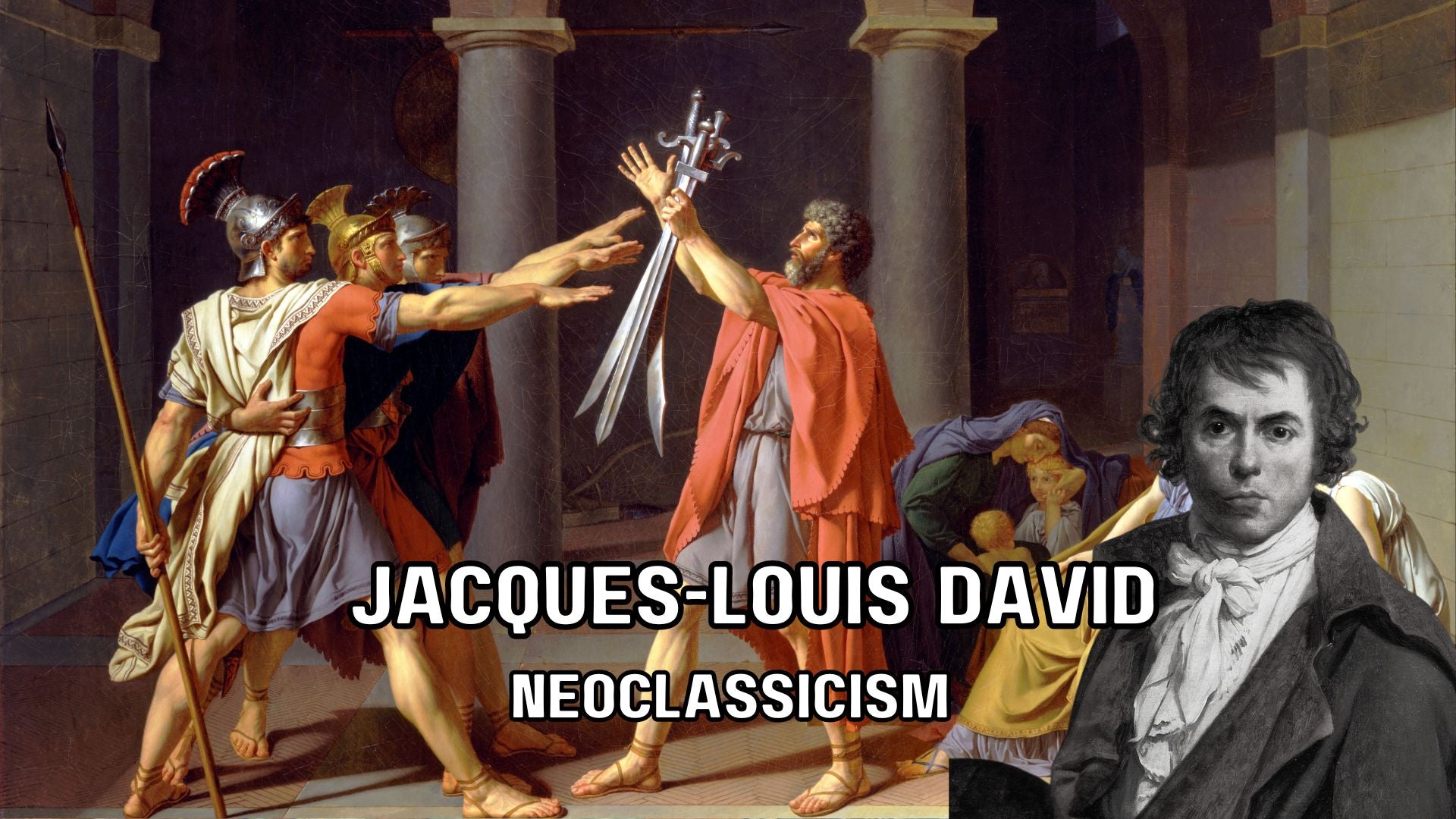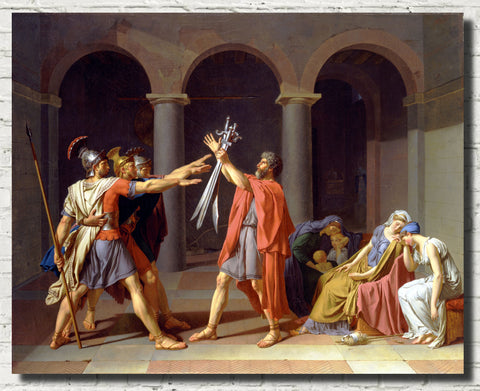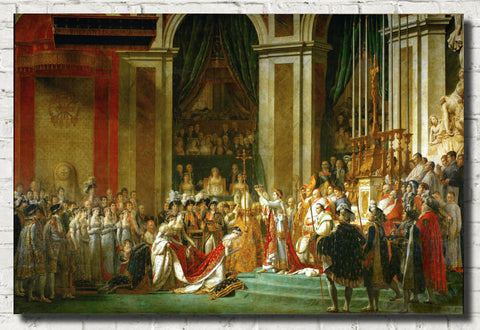Table of Contents:[hide]
Jacques-Louis David, a prominent figure in the annals of art history, stands tall as one of the most influential painters of the Neoclassical era. His life journey intertwines with the tumultuous events of the French Revolution, leaving an indelible mark on both art and politics. Let's delve into the life and works of this revolutionary artist.
Early Life and Education
Born on August 30, 1748, in Paris, Jacques-Louis David displayed artistic inclination from a young age. Despite familial pressure to pursue architecture, David followed his passion for painting. Under the tutelage of François Boucher and Joseph-Marie Vien, he honed his skills and developed a penchant for the classical style.
Journey to Rome and Neoclassical Ideals
David's artistic pilgrimage led him to Rome, where he immersed himself in the works of Renaissance masters and embraced classical antiquity. His iconic piece, "Oath of the Horatii," epitomizes Enlightenment values and heralds the advent of Neoclassicism. Through his art, David propagated republican ideals and celebrated civic virtue.
Revolutionary Zeal and Political Engagement
As the winds of revolution swept across France, David emerged as a fervent supporter of the republican cause. He aligned himself with Robespierre and the Jacobin Club, advocating for radical political reform. His paintings, such as "The Death of Marat" and "The Tennis Court Oath," served as powerful propaganda tools, immortalizing key moments of the revolution.
Art as Political Discourse
David's art transcended mere aesthetics; it became a potent instrument of political discourse. His paintings not only documented historical events but also shaped public opinion and galvanized revolutionary fervor. Through symbolic imagery and allegory, David conveyed the ideals of liberty, equality, and fraternity.
Legacy and Impact
Despite facing exile during the Bourbon restoration, David's legacy endured, influencing generations of artists and intellectuals. His commitment to artistic and political integrity left an indelible imprint on the course of Western art history. Today, Jacques-Louis David stands as a symbol of artistic defiance and revolutionary fervor.
Jacques-Louis David Prints and Canvas Panels
Prints and ready to hang canvas panels of Jacques-Louis David's paintings are available in a range of sizes with fast worldwide delivery.
Jacques-Louis David FAQ's
-
Who was Jacques-Louis David?
- Jacques-Louis David (1748-1825) was a French painter renowned for his contributions to Neoclassical art during the late 18th and early 19th centuries.
-
What is Neoclassicism?
- Neoclassicism was an artistic movement that emerged in the late 18th century, characterized by a revival of classical themes and aesthetics from ancient Greece and Rome.
-
What are some notable works by Jacques-Louis David?
- Some of David's most famous works include "The Death of Marat," "Oath of the Horatii," "The Tennis Court Oath," and "The Coronation of Napoleon."
-
How did Jacques-Louis David contribute to the French Revolution?
- David actively supported the French Revolution and used his art as a means of political propaganda. His paintings depicted key revolutionary events and figures, influencing public sentiment and rallying support for republican ideals.
-
What was the significance of "The Death of Marat"?
- "The Death of Marat" is one of David's most iconic works, portraying the murdered revolutionary Jean-Paul Marat as a martyr for the cause of the Revolution. The painting symbolizes the sacrifice and idealism of revolutionary fervor.
-
Why did Jacques-Louis David face exile?
- After the fall of Napoleon and the Bourbon restoration, David's association with the revolutionary regime led to his exile. He spent his later years in Brussels, then part of the United Kingdom of the Netherlands, until his death.
-
How did Jacques-Louis David influence subsequent generations of artists?
- David's emphasis on classical themes, strong compositions, and political engagement inspired generations of artists who followed. His Neoclassical style and commitment to artistic and political integrity left a lasting impact on Western art history.
-
What role did Jacques-Louis David play in the development of French art?
- David was a pivotal figure in the transition from Rococo frivolity to Neoclassical severity in French art. As a teacher and mentor to numerous pupils, he shaped the direction of French painting in the early 19th century.
-
Was Jacques-Louis David involved in any other forms of art besides painting?
- While David is primarily known for his paintings, he also dabbled in other artistic endeavors, including drawing and design. He contributed to the development of neoclassical stage design and costume design for revolutionary festivals.
-
What is Jacques-Louis David's enduring legacy?
- Jacques-Louis David is remembered as a revolutionary painter who used his art to champion political ideals and shape the course of history. His legacy as a pioneer of Neoclassicism and a champion of artistic and political integrity continues to inspire artists and activists alike.







